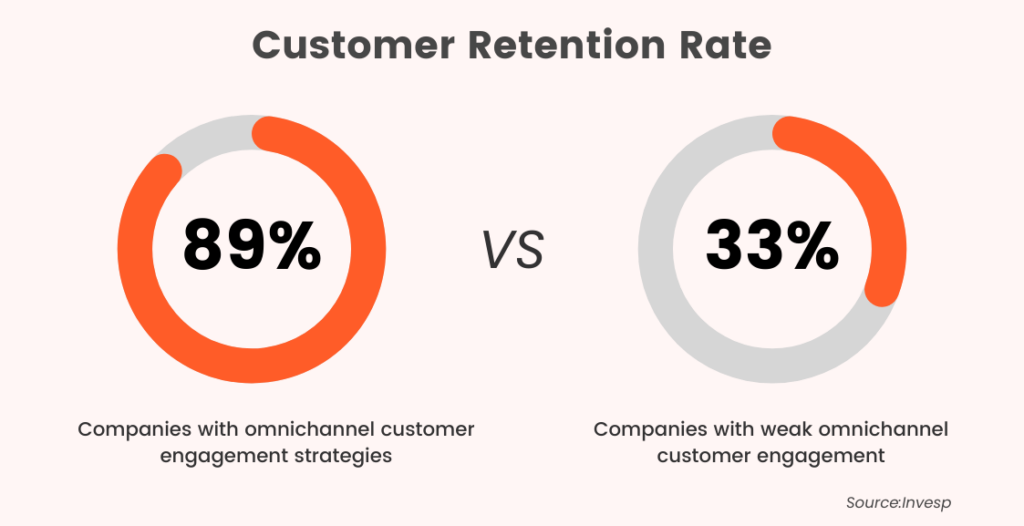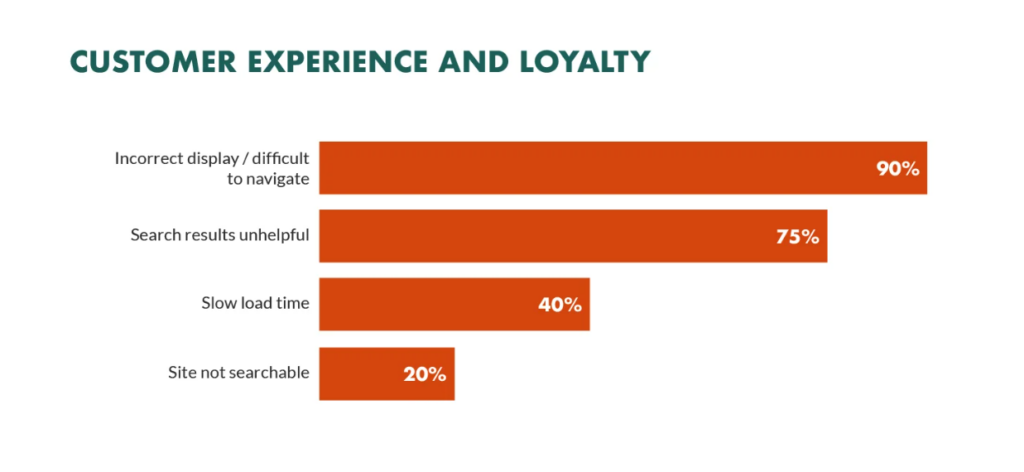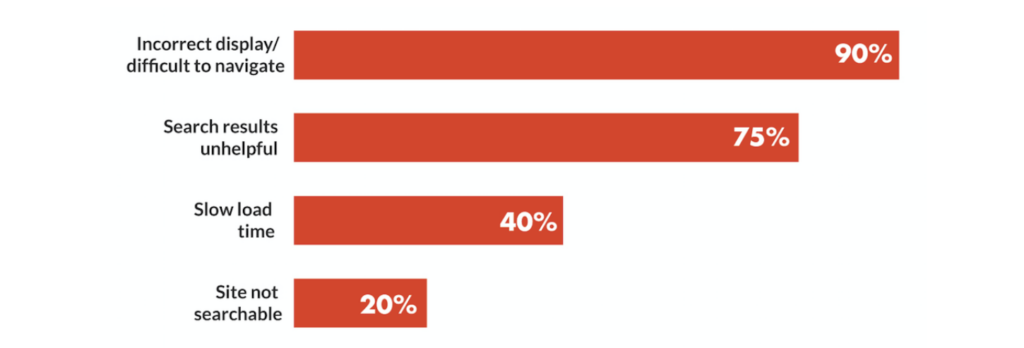
The prospect of networking can be stressful, especially when you’re a new founder, and especially if you’re not a naturally extroverted person. But building up your professional network is one of the most effective ways to spread awareness of your brand, make vital connections, and get access to the resources, expertise, and leadership you need to take your venture to the next level.
In today’s economy, entrepreneurs need every edge they can get. So how do you forge those important, authentic connections? It’s probably not as difficult as you think. Let’s go over some basic, proven strategies to build your network.
Don’t be openly transactional
This tip might sound counterintuitive. After all, the whole point of networking is to advance your professional prospects by creating mutually beneficial relationships with people in your field. The phrase “mutually beneficial” itself implies an exchange (i.e., a transaction.)
But people tend to react negatively if you make the transactional aspect of networking too obvious. The contemporary model of networking stresses relationships and helping, and downplays horse trading and asking, “What have you done for me lately?” Keep things casual and personal when you’re networking, at least initially. Networking is like any other social interaction: Downplaying what you want isn’t deceptive, it’s simple courtesy.
Be efficient, not overextended
Networking can feel like a burden, especially to the modern entrepreneur clocking 16-hour days. But networking can have such a galvanizing effect on your career that smart founders consider literally moving across the country just to get access to more valuable professional networks.
Many experts suggest allocating a set amount of time per day or week to maintaining and developing your network — for example, one hour a day when you just touch base with high-value professional contacts.
This approach has two big benefits. One, you’ll be consistently cultivating your network, and having a predetermined amount of time to devote to networking protects you from the possibility that it’ll encroach on your time. Two, you’ll be forced to concentrate on your most promising relationships, while phasing out less useful ones.
Hone a high-value presentation
As we mentioned above, effective networking involves forging mutually beneficial relationships. In today’s turbulent job market, people are especially eager to network if you have something to offer them. Make your value clear by stating your current credentials and expertise on sites like LinkedIn, since that’s where most networking contacts will check you out.
Don’t make things too dry, though. A little personality will go a long way when it comes to making a favorable and memorable impression.
Be active on social media
Many professional contacts will make a point of checking your social media accounts. Use these accounts to convey your professional and personal selves. Offer updates, insights, commentary, humor, and even innocuous content like photos of your pet or lunch. Remember, you’re not just trying to impress people — you’re also trying to endear yourself to them.
Another tip when it comes to your social media accounts: Try to stay active on your main platforms by posting at least once per week. You want to present yourself as engaged and active — not mysterious and absent.
But face-to-face is still the gold standard
As engaging as social media and Zoom meetings can be, face-to-face networking is still the best way to make connections. So much of human communication is non-verbal, and things like body language and eye contact are as important, if not more important, than the words coming out of your mouth. It’s tough, if not impossible, to forge an authentic connection without face-to-face contact.
Have a game plan
Before you start networking, think hard about what you want to get out of it. Do you want to find a mentor or a collaborator? Are you trying to raise awareness of a new venture, expand the voice of an existing one, or consolidate your influence?
Once you understand your “mission,” you can think about who can help you achieve these goals, and what kind of skills and experience those people might have. At that point, it’s just a matter of forging the relationships.
Cultivate mentorships — from both sides
Don’t forget, there are three “directions” you can network in: upwards (people further along their career paths than you), laterally (your peers), and downwards (people not as far along in their career paths). You shouldn’t neglect any of these levels!
One of the most effective ways to leverage the diverse talents of these groups is through mentorships. Seeking out mentors can get you valuable access to institutional knowledge, leadership, and specialized experience, while taking on mentees can give you valuable perspective, and cultivate contacts in the next generation.
Don’t be afraid to ask for help
One of the more confusing truths about networking is that people don’t like to be pestered or put upon, but they do, under the right circumstances, like to do things for people.
Why? There are a lot of reasons. Beyond the obvious benefit of reciprocity, doing a favor for someone also confers a feeling of virtuousness, and it provides an opportunity to demonstrate and exercise power. Asking someone to do something for you can actually be a great way to seal a new relationship. The trick, of course, is learning how to do it without imposing on them.
Don’t forget to follow up — and maintain
Once you’ve made some contacts, don’t neglect to follow up with them a few days later. Sending them a quick email or text, especially if it touches on something specific that you spoke about during your earlier interaction, is an incredibly effective way to cement your good impression. Social media is a great venue for this — a like or comment on one of their posts is an easy, low-maintenance way to create a moment of connection and awareness.
But don’t think that following up, or networking as a whole, is a “one-and-done” task. You should actively maintain and cultivate your network going forward. This means making regular contact, whether it’s a quick chat at a convention or industry meeting, or an email just to check in on how things are going. If you wait too long between contacts, those connections and relationships you worked so hard to forget will fade away, and you’ll be back at square one.
Featured Photo by Product School on Unsplash
The post Networking for the Modern Entrepreneur: Strategies for Building Your Professional Network appeared first on noupe.






